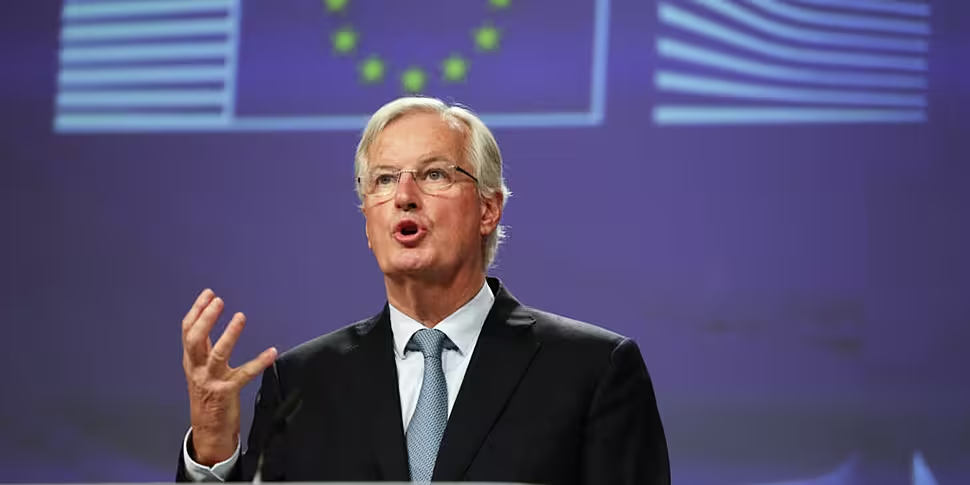After days of intense and fraught negotiations, the EU and UK have reached a new Brexit deal.
The European Commission President Jean-Claude Juncker has hailed it as a "fair compromise", while British Prime Minister Boris Johnson welcomed it as a "great new deal".
It still needs to be passed by the British parliament - with the DUP already saying they do not support it.
But what exactly is in that new Brexit deal?
Basically, the existing backstop has been changed and a series of technical arrangements have been agreed in its place.
According to the EU chief negotiator Michel Barnier, there are four key revisions to the withdrawal agreement and political declaration:
1. Goods
Northern Ireland would remain aligned with a 'limited set' of EU rules related to goods - such as rules on agricultural production/marketing, and excise in respect of goods.
Any necessary checks on goods and processes would take place at points of entry into Northern Ireland rather than across the island of Ireland.
The UK would ultimately be in charge of applying the EU's customs code in Northern Ireland.
2. Customs
Northern Ireland would remain in the UK's customs territory - meaning it can take advantage of any trade deals agreed by the UK after Brexit.
However, it would also remain an entry point into the EU single market due to the lack of a hard border on the island.
Michel Barnier said the new arrangements 'square that circle'.
UK authorities could apply UK tariffs to products coming from other countries, but only if the goods entering Northern Ireland aren't at risk of entering the single market through Ireland.
Any goods that are at risk of entering the single market would instead be subject to EU tariffs, with a joint committee determining what these goods are.
3. VAT
Mr Barnier says the deal will maintain the integrity of the single market while satisfying the UK's "legitimate wishes".
Under the deal, Northern Ireland would have different VAT arrangements to the rest of the UK, with the North following key EU VAT rules.
However, the UK authorities would still be in charge of collecting the tax and any enforcement actions - and the North would remain in the UK's VAT area.
A joint EU / UK committee would also oversee these new arrangements.
4. Consent
This was apparently a key concern for both Boris Johnson and Leo Varadkar.
The EU said the new deal will aim to give politicians in the North a "long-term" democratic voice on the arrangements.
After four years of the new rules, members of the Northern Ireland Assembly would get a simple majority vote on whether to continue applying the relevant EU rules.
The DUP has already objected to this, suggesting the "principles of the Belfast Agreement on consent have been abandoned" for this issue - as it bypasses the traditional 'veto' they would get.









